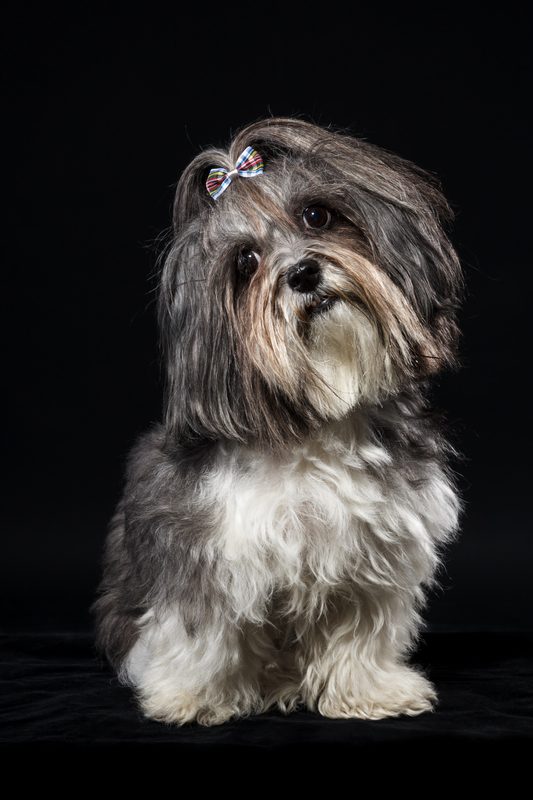
The late Queen Elizabeth II was never supposed to be queen.
The vagaries of life.
When young Elizabeth’s grandfather, King George V, passed away in 1936, her uncle, Edward, assumed the throne. In less than a year, Edward abdicated because he could not serve without the woman he loved, and the British cabinet and Parliament couldn’t let him serve with the woman he loved as his wife. Edward’s younger brother, George, succeeded him and became George V. George had two daughters, and Elizabeth was the oldest.
When a relatively young King George VI died suddenly in his sleep from a chronic lung issue, Elizabeth was suddenly queen at the age of twenty-six. The line of British succession had taken a significant detour.
When Edward stepped away from the throne, he became the first (and so far, only) British monarch to abdicate voluntarily, and the first to abdicate for any reason at all since 1399. It wasn’t, however, the first detour that occurred in the British monarchy line of succession.
In 1502, Arthur, the Prince of Wales, died suddenly at the age of 15 just six months after he married Catherine. Both had contracted what was called Sweating Sickness, and while Catherine recovered, Arthur did not. As the oldest male child in the family, he would have ascended to the throne. Instead, his younger brother, Henry, ended up being crowned, and England was never the same again. Henry’s machinations lead to tremendous changes in the country, and more than a few people lost their heads because of him. One of them was Anne Boleyn who married Henry who, of course, was Henry VIII.
At long last, we now introduce our topic, the pourquoi head tilt, a term we came across while doing a little digging into toy breeds, but first we have to return to Anne.
Six years after Anne recovered from the Sweating Sickness (remarkable since it had a mortality rate of 30 to 50 percent), she became smitten with a lapdog given to her cousin, Sir Francis Bryan. The dog was a gift from the ambitious Lady Lisle whose husband needed Sir Bryan’s help on a business matter, a gesture made on the advice of the couple’s business agent. When Francis Bryan took Pourquoi to court, Anne, now queen, instantly fell in love with the dog and had to have him.
You don’t say no to the Queen.
Francis Bryan had some explaining to do as to why he gave away his gift. On January 20, 1534, he wrote a letter to Lord Lisle to explain:
“…I beseech your Lordship, after my most hearty recommendations made unto my very good lady your wife – unto whom and to your lordship, because ye be both but one soul though ye be two bodies, I write but one letter – that it may please your lordship to give her hearty thanks on my behalf for her little dog, which was so proper and so well liked by the Queen that it remained not above an hour in my hands but that her Grace took it from me. Nevertheless, her ladyship and any friend of hers, for the same, and her kindness therein, shall be assured of such pleasure as in me at any time shall be. As our Lord God knoweth, who have our lordship, with my said good lady, in his blessed preservation.”
Anne’s new dog (which sources have alternately described as a Toy Spaniel, Poodle or Havanese) was a curious little soul who charmed everyone with his quizzical expression and head tilt. Because of this trait, he was named, “Purkoy,” the old French phonetic spelling for ‘pourquoi,’ which means ‘why?’
Sadly, Purkoy died a year later after falling out of a window and by all accounts, her court and ladies in waiting were so scared to upset Anne with the news that it was Henry who had to break the news to her. As a side note, author, Joanna Denny writes in her book, Anne Boleyn: A New Life of England’s Tragic Queen, that Purkoy’s death may not have been an accident, but a means to shock into Anne miscarrying. It is known that she had two stillborn children after her successful delivery of a baby girl in 1533, and Purkoy’s death occurred a year later when she may have been pregnant again. On page 232 of her book, Denny write, “It may be that this was no accident but warning to the Queen, as shown by Chapuys’ sinister description of the King and the Queen’s shock being ‘like dogs falling out of a window’. Such an incident could easily have brought on a miscarriage, which was perhaps the intention.”
One of poor Purkoy’s mannerisms was named after him, the pourquoi head tilt, and it’s said to be common in many breeds, but especially (according to one source) Havanese dogs which were known to be traded by merchants in the early sixteenth century. We don’t know the accuracy of this and invite Havanese owners to share their opinions about head tilting in their breed.
Image: Havanese by ©Miroslava Mahlebashieva |Dreamstime.com
